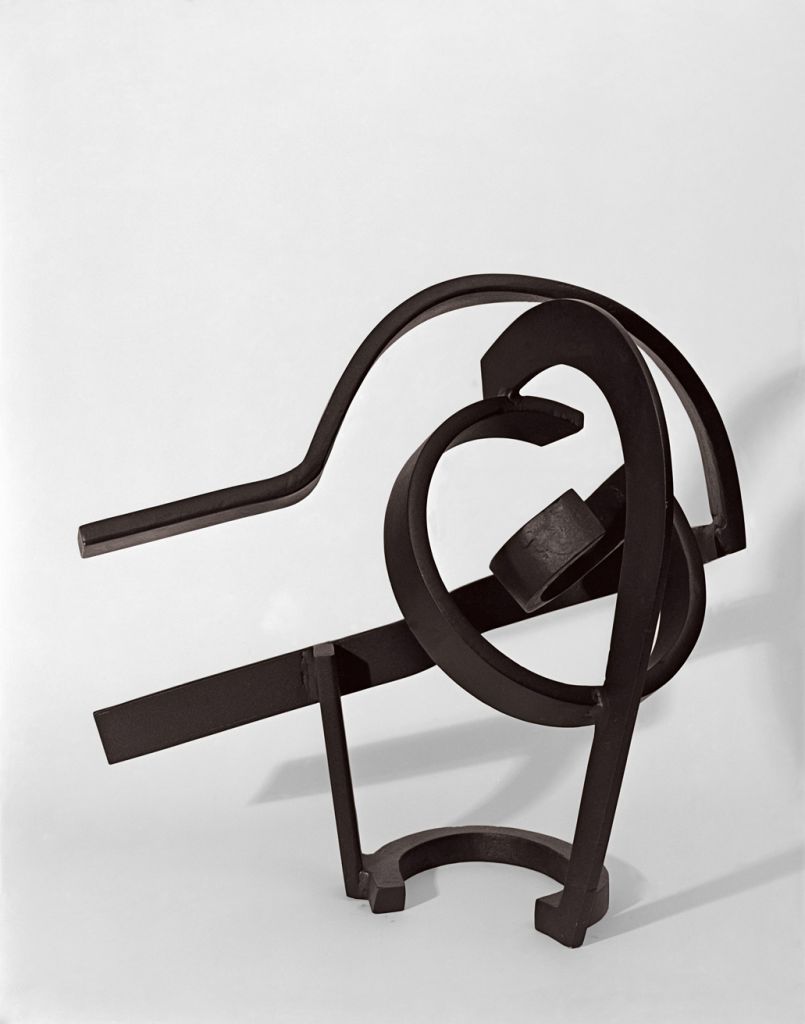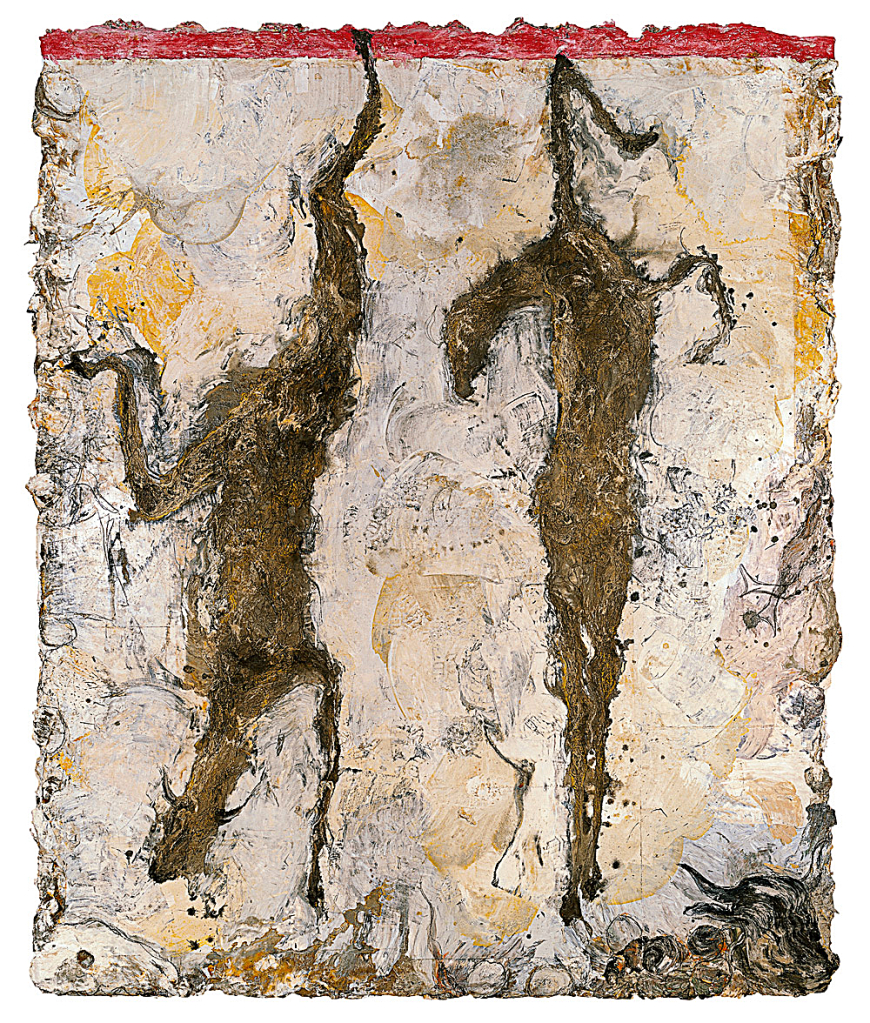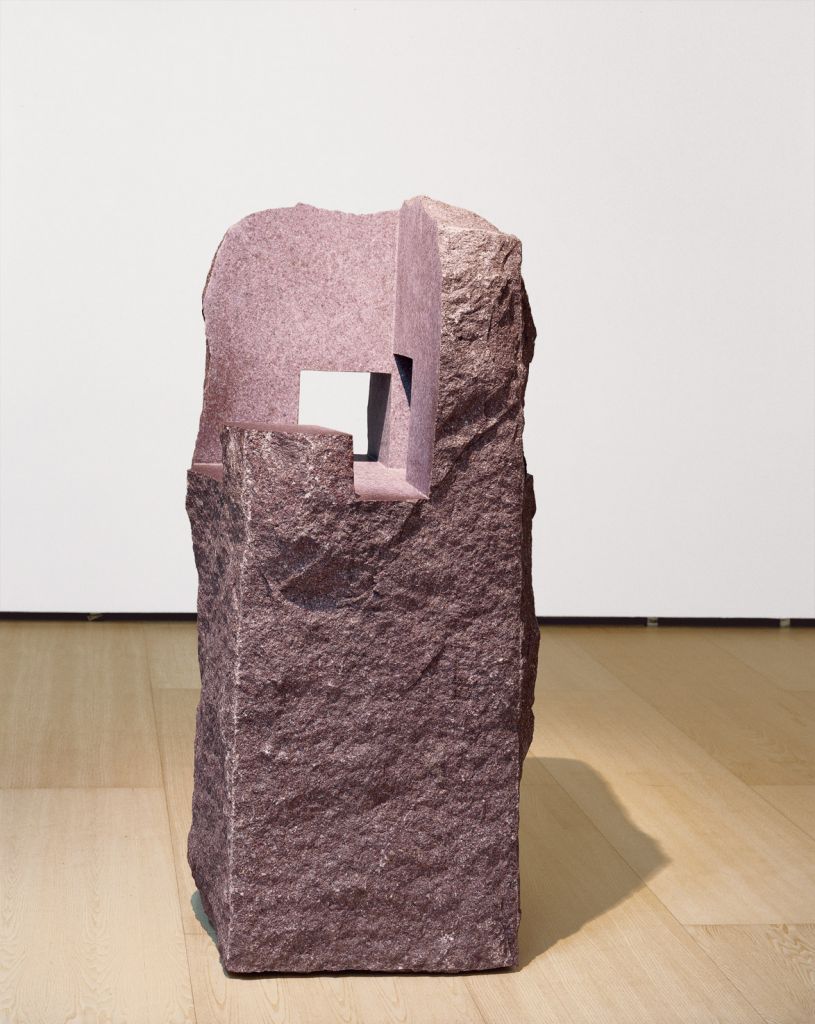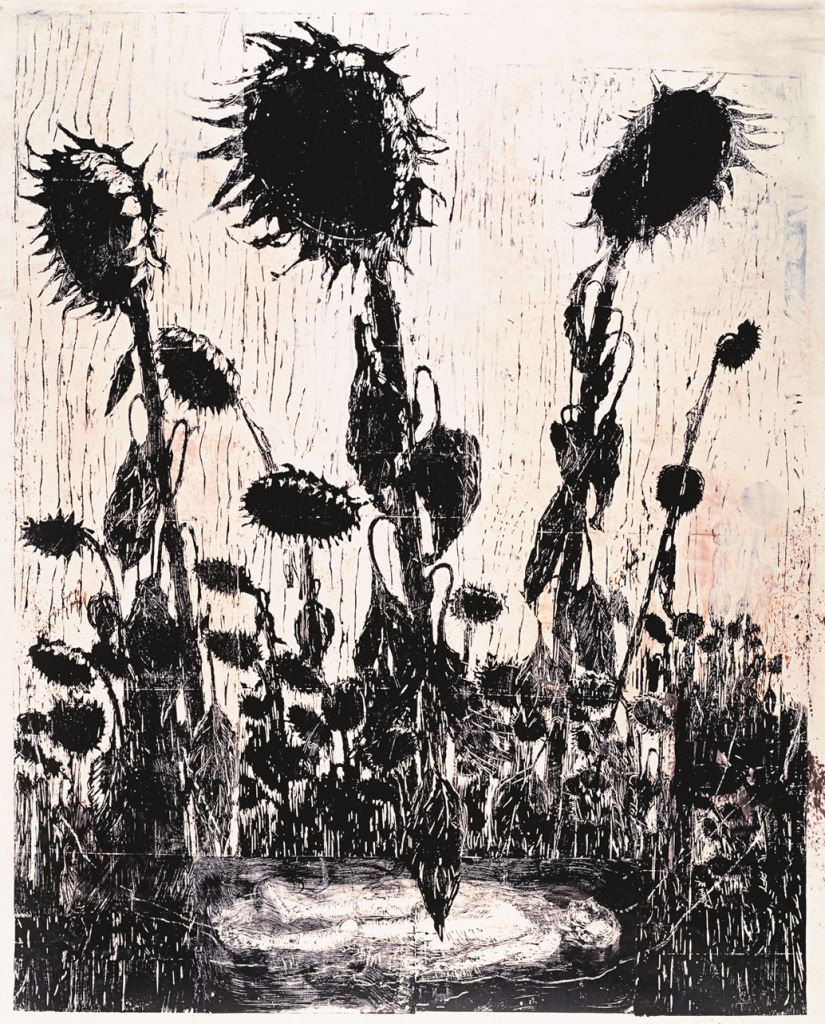Home
1999Wood, galvanized steel, stainless steel, electric wire, crocodile clips, light bulbs, computerized dimmer switch, amplifier, and speakers76.2 x 198.1 x 73.7 cm (table). Overall dimensions vary with installation
For more than three decades, British-Palestinian artist Mona Hatoum has created performances, videos, sculptures, and installations, at the heart of which lie recurrent evocations of displacement and separation. While her preoccupation with these themes is associated with her personal experience as a Palestinian born in Beirut and exiled in London at the outbreak of civil war in Lebanon in 1975, her precise and absorbing works express broader narratives of subjectivity and identity.
Hatoum's early, performance-based work relied on the use of her own body. In the late 1980s she turned her attention to sculpture and installations using light, sound, and disruptions in scale that provoked a physical and psychological response from the viewer. Referencing visual tropes of Surrealism, Minimalism, Arte Povera, and Conceptual art, she infused these works with narratives rich in association that played on tensions between order and chaos, beauty and repulsion, familiarity and danger.
Throughout the 1990s Hatoum employed increasingly restrained forms and structures to express themes of seclusion and confinement. Many of the artist's works from this period allude to the ambivalent space of the domestic arena-or more specifically, to the notion of "home," sometimes functioning as the idea of "homeland." Historian Tamar Garb notes in relation to Hatoum's work: "Far from offering a refuge from the world of political or social pressure, ‘home' is the locus of discomfort, a space of psychic entrapment and terror from which there is no way out."[1] The installation Home (1999), in the Guggenheim Museum Bilbao Collection, evokes precisely this unease. Adopting the form of the nurturing emotional core of every home, the kitchen, Home consists of a long table covered with an assortment of illuminated metal kitchen appliances-a funnel, a grater, scissors, a colander, a cake mold-connected to one another by the wires through which the electrical current runs. A software program controls the frequency and intensity of the illumination, while the crackling sound of electricity is amplified through speakers. The sculpture is set back behind a barrier of thin horizontal steel wires that separates the viewer from the potentially lethal current. Typical of Hatoum's art, Home is an environment of ambivalence that evokes both intimacy and the violence of frustrated longing.
1. Mona Hatoum, exh. cat. (Salamanca: CASA, Centro de Arte de Salamanca; Santiago de Compostela: Centro Galego de Arte Contemporáneo, 2002), p. 19.
Original title
Home
Date
1999
Medium/Materials
Wood, galvanized steel, stainless steel, electric wire, crocodile clips, light bulbs, computerized dimmer switch, amplifier, and speakers
More info
Edition 1/3 and 1 AP
Dimensions
76.2 x 198.1 x 73.7 cm (table). Overall dimensions vary with installation
Credit line
Guggenheim Bilbao Museoa
Perspectives
Home, by Mona Hatoum
Anxiety, isolation, and conflict are some of the feelings provoked by Mona Hatoum’s Home (1999). Actress Cayetana Guillén Cuervo and curator Manuel Cirauqui talk about the symbolic meaning of home according to the British-Palestinian multimedia and installation artist.






